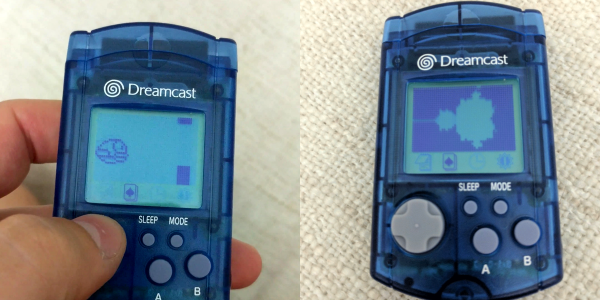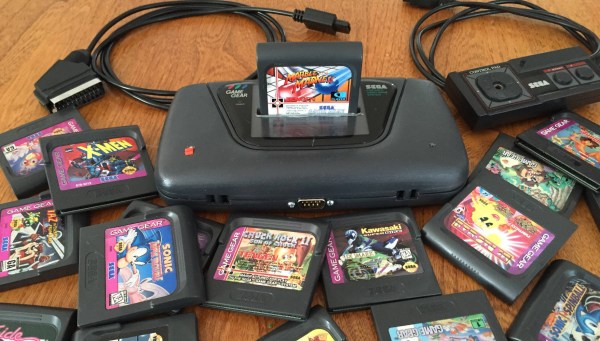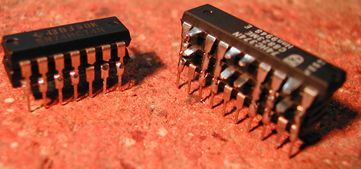With its backlit color screen and Master System compatibility, the Game Gear was years ahead of its main competition. The major downside was that it tore through alkaline batteries quickly, and for that reason the cheaper but less equipped Game Boy was still able to compete. Since we live in the future, however, the Game Gear has received new life with many modifications that address its shortcomings, including this latest one that adds an HDMI output.
The core of the build is an FPGA which is used to handle pixel decoding and also handles the HDMI output. The FPGA allows for a speed high enough to handle all the data that is required, although [Stephen] still has to iron out some screen-filling issues, add sound over HDMI, and take care of a few various pixel glitches. To turn this hack into a complete hodgepodge of adapters, though, [Stephen] has also added an SNES controller adapter to the Game Gear as well. Nintendo has featured Sonic in many of its games, so although we may have disagreed back in the early 90s we think that this Sega/Nintendo pairing is not crossing any boundaries anymore.
Game Gears have had their share of other modifications as well to make them more capable as a handheld system than they were when they were new. We’ve also seen them turned into a console system (they were Master System compatible, after all) and converted into other things entirely, too.





 [EvilTim] first designed a circuit using discrete ’74 series logic which would convert the LCD drive signals to SCART RGB. Of note is the construction technique used in this circuit. A tower of three 74HC374 chips allows [EvilTim] to create R, G, and B outputs without the need for a complex circuit board.
[EvilTim] first designed a circuit using discrete ’74 series logic which would convert the LCD drive signals to SCART RGB. Of note is the construction technique used in this circuit. A tower of three 74HC374 chips allows [EvilTim] to create R, G, and B outputs without the need for a complex circuit board.












